JackHammer
Chumono
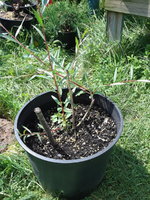
Not sure what type this is but they have a very canonical shape in nature. Just a cutting so far.
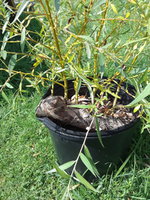
This is a weeping raft. Just growing it out-- I am not sure what I am going to do with this one.
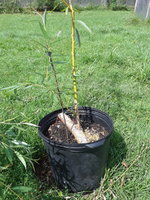
This is a weeping willow. It started as a raft and now I am just setting up a sacrifice whip. The new leader is currently being supported by a orchid clip because it is weeping too much. I will cut away that branch when the time is right.
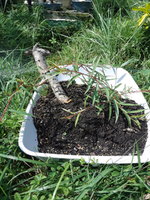
Weeping raft.
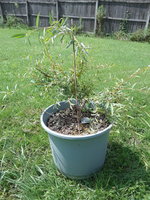
This is probably the farthest along. Again, I am trying to put some structure in the trunk. I did have some die-off on the lower left but I am hoping that the bark will grow over that injury.
One thing I never understood in the bonsai world was people having trouble getting their weeping willows to weep. Some of mine are like rugs and I am having difficulty getting height out of the weeping cultivars.
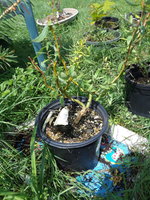
This is a curly/dragon willow.
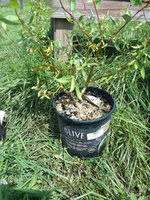
Curly/ dragon, not an olive.
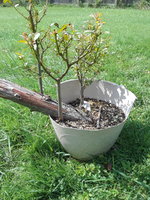
I think this is a white or black willow. (Raft)
